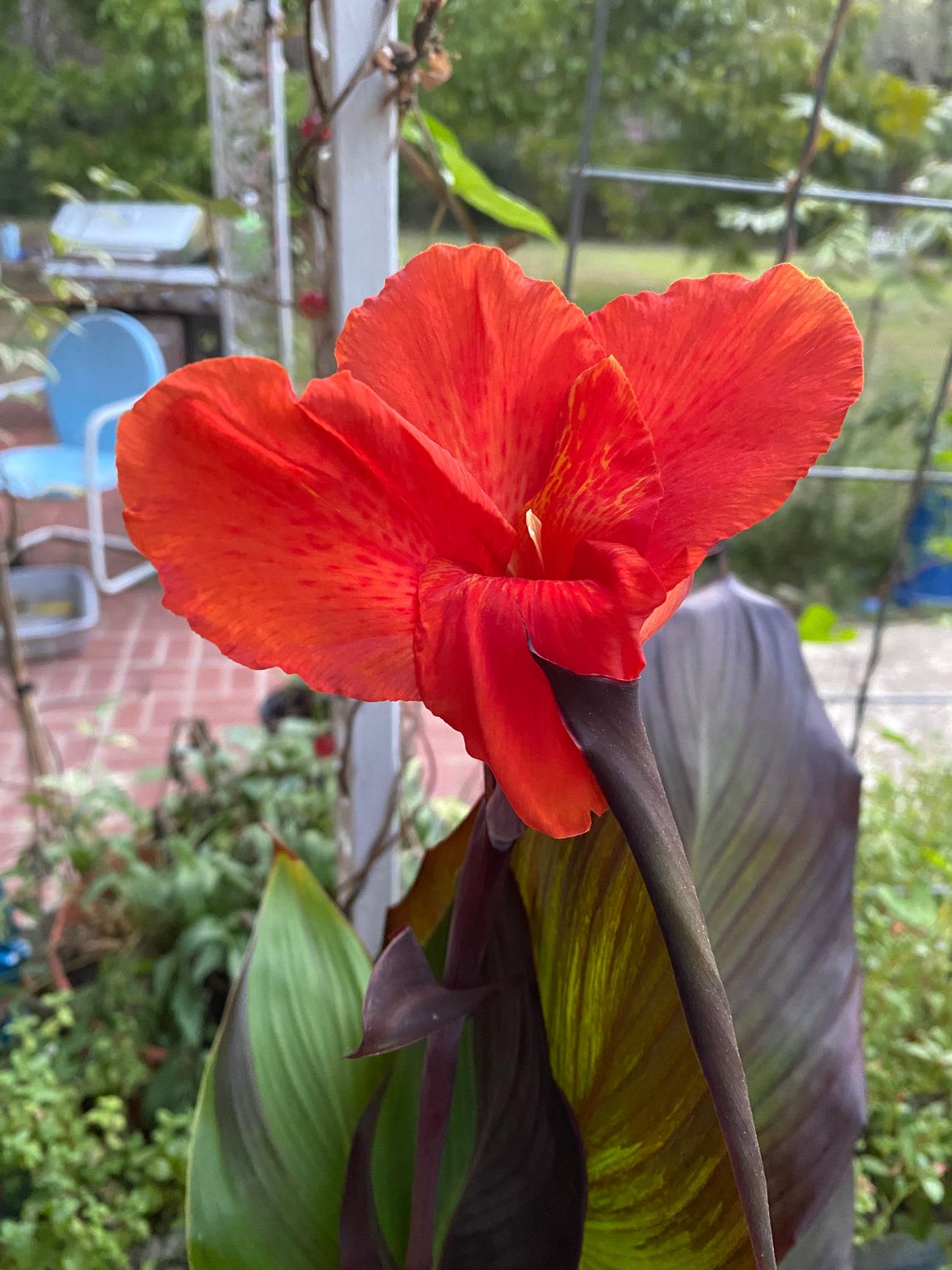Hooray! It’s officially spring and Central Texas gardeners’ favorite planting season.
It’s the best time of year to plant fruit and nut trees, and we can plant our summer vegetable gardens.
Springtime is also the time when to plant summer and fall blooming bulbs. The word bulbs is a generic, catch-all word for plants that store their food underground. It includes true bulbs like tulips and daffodils, but also mean rhizomes, corms and those plants with tuberous root-like begonias and dahlias.
The landscape in Central Texas is distinct, where the prairie meets the hills with flat fields with few trees and rocky terrain with craggy thin soil. Our natural scenery isn’t what you wouldn’t describe as tropical.
If you love that look and want to create a tropical oasis, then you will want to add cannas to your landscape. Cannas scream tropical with their lush, brilliant flowers and huge floppy leaves. They are really popular in central Texas because cannas grow amazingly well here. They do not care about the heat and actually thrive in it.
Sometimes referred to as canna lilies. They are not true lilies, which grow from bulbs. Cannas are related to bananas and gingers, which all grow from rhizomes. Rhizomes are stems that grow just beneath the surface. Rhizomes grow horizontally and send out buds that pop up through the soil near the mother plant.
Hugely popular for their heat tolerance, cannas vary in color and sizes. Fully mature cannas range in sizes from 2 to 10 feet tall. Cannas add vertical interest and structure to your landscape. They are colorful, both with their flowers and foliage. They offer a spectrum of bloom and foliage combination. Leaf color can be light green, blue green, bronze, dark red or variegated with splotches or stripes.
Canna flowers are big and bold. The floppy petals are rich and intensely colored with yellow, red, pink and orange pigments.
Even though cannas can take our heat, they are not drought-proof. They like the soil to stay moist. Supplemental watering and a generous layer of mulch around your cannas will help maintain soil moisture and thrive all summer long. Since they are big plants, they tend to be heavy feeders, adding compost and occasionally providing organic fertilizer will help keep them blooming. A balanced organic fertilizer will suffice.
While cannas are very easy to grow, they do attract some pests in particular snails, slugs and canna leaf rollers. Canna leaf rollers are small brown butterflies. These little skipper butterflies lay their eggs on cannas. When the eggs hatch the caterpillars produce silk threads that bind new growth and keep the leaves rolled up tightly. The caterpillars live in the rolls and eat. The leaves continue to grow and as they unfurl, they will have chew marks and holes. When caterpillars dine in one spot and chew through that section of the roll, the new leaf will have a line of uniform holes. It looks a like someone came through with a hole punch.
Caterpillars are easily controlled organically using BT, bacillus thuringiensis. It is a bacteria that is lethal to caterpillars and insect larvae but completely harmless to humans and pets and plants. The caterpillars eat the BT and it gets in their guts and kills them. BT can be found in ready-to-use formulas and concentrate. You can find BT in the organic section of garden centers and local nurseries.
With 25 years of backyard gardening experience, Julie is a plant and nature enthusiast. She lives in Taylor and hosts the “Plow & Hose Organic Gardening in Central Texas” podcast and radio show that airs on KBSR, Black Sparrow Radio every Saturday and Sunday at 9 a.m.
.png)






